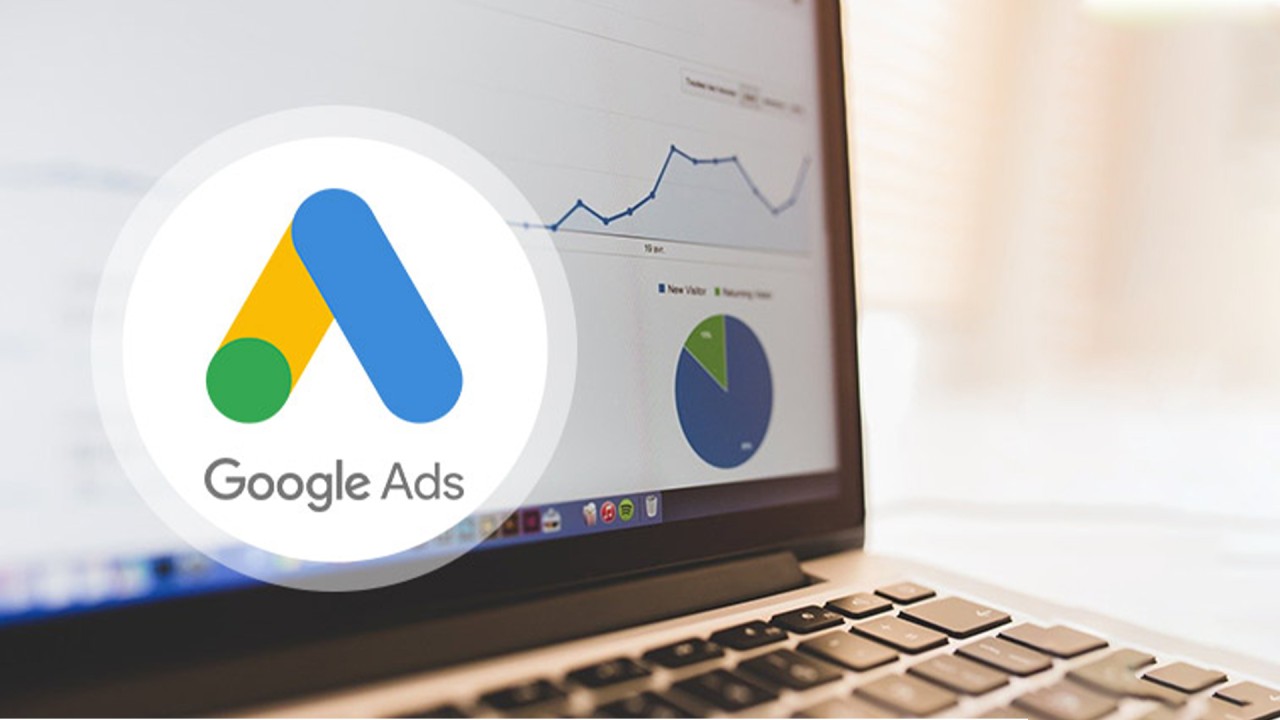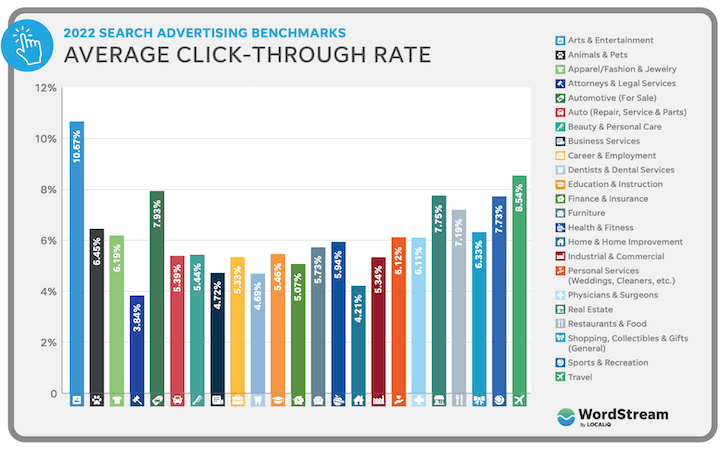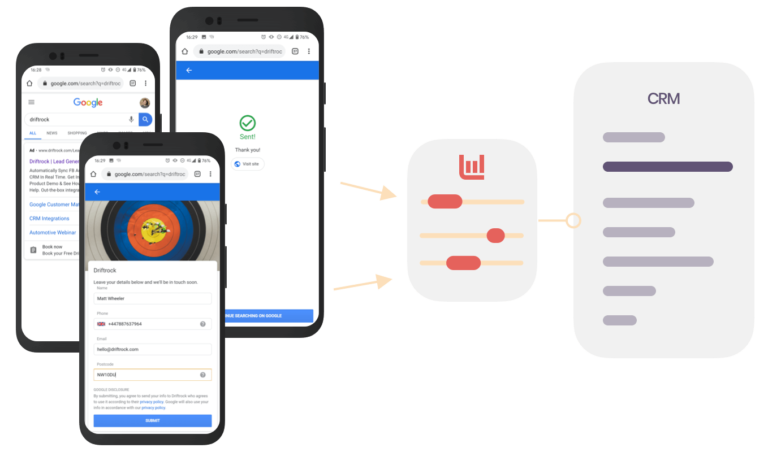Google Ads offers various targeting options, including demographics, interests, and more, allowing advertisers to reach their desired audience effectively. With demographic targeting, you can refine your ads based on factors like age, gender, and location, ensuring your message reaches the right people.
Interests targeting lets you connect with users interested in specific topics or activities, increasing the chances of engagement and conversions. These targeting options provide advertisers with the flexibility to tailor their ads to a specific audience, maximize their ad spend, and achieve their marketing goals.
Understanding Google Ads Targeting
Discover the power of Google Ads targeting options, from demographics to interests and beyond. Reach the right audience with precision and unlock the full potential of your advertising campaign.
Understanding Google Ads Targeting.The Importance Of Targeting In Google Ads
When it comes to running successful advertising campaigns on Google Ads, understanding and utilizing the various targeting options is crucial. Targeting allows you to narrow down your audience and deliver your ads to the right people at the right time. It enables you to connect with potential customers who are more likely to be interested in your products or services. By targeting specific demographics, interests, and other factors, you can optimize your ad spend and increase your chances of reaching your marketing goals.Types Of Targeting Options In Google Ads
Google Ads provides a range of targeting options to help you tailor your ads to your desired audience. Let’s explore some of the key targeting options available to advertisers: – Demographics: With demographic targeting, you can focus your ads on specific characteristics of your audience, such as age, gender, parental status, or household income. This allows you to connect with the right demographic group that is most likely to respond to your ads. – Interests: Google Ads also enables you to target users based on their interests and behaviors. By analyzing users’ browsing behavior and online activity, Google categorizes them into different interest segments. You can select the interests that are most relevant to your business and display your ads to users who are actively engaging with content related to those interests. – Location: Targeting based on location allows you to reach users in specific geographic areas. You can target entire countries, regions, cities, or even radiuses around a particular location. This type of targeting is particularly useful for local businesses looking to connect with customers in their immediate vicinity. – Remarketing: Remarketing allows you to show ads to users who have already interacted with your website or mobile app. By retargeting these users, you can remind them of your brand, products, or services, increasing the likelihood of conversions and repeat business. – Keywords: Keywords targeting enables you to display your ads to users who search for specific keywords or phrases related to your business. By selecting relevant keywords, you can ensure that your ads are shown to users actively searching for products or services similar to yours. – Placement: Placement targeting allows you to choose specific websites, apps, or YouTube channels where you want your ads to appear. This type of targeting provides precise control over where your ads are shown, ensuring that they align with the context and audience of the chosen platforms. It’s important to note that these targeting options can be used in combination to refine your audience and maximize the effectiveness of your ads. By utilizing the appropriate targeting options, you can increase engagement, drive conversions, and achieve a higher return on your advertising investment with Google Ads. In conclusion, understanding and utilizing the various targeting options in Google Ads is essential for running successful campaigns. By targeting the right audience, you can ensure that your ads are seen by users who are most likely to be interested in your offerings, resulting in better ad performance and increased conversions. Take advantage of Google Ads’ comprehensive set of targeting options to refine your audience and reach your marketing goals effectively.
Credit: www.facebook.com
Mastering Audience Targeting
Mastering audience targeting is essential for maximizing the success of your Google Ads campaigns. By effectively reaching the right audience, you can increase your chances of driving relevant traffic to your website, boosting conversions, and achieving your marketing goals. In this article, we will explore different targeting options offered by Google Ads, including demographics, interests, custom intent, and remarketing.
Demographic Targeting
One of the most powerful targeting options in Google Ads is demographic targeting. With this feature, you have the ability to narrow down your audience based on various demographics such as age, gender, household income, parental status, and more.
By leveraging demographic targeting, you can create highly tailored ad campaigns that resonate with specific audience segments. For example, if you sell baby products, you can target ads specifically to parents with infants or toddlers. This ensures that your ads are shown to people who are most likely to be interested in your products or services.
Interest-based Targeting
Interest-based targeting allows you to reach users who have shown a particular interest or preference for specific topics, hobbies, or activities. Google Ads analyzes users’ browsing behavior, search history, and other signals to determine their interests and target ads accordingly.
This targeting option provides a powerful way to connect with potential customers who are actively engaged in topics related to your business. For instance, if you run an online fitness store, you can target users who have demonstrated an interest in fitness, exercise equipment, or healthy living.
Custom Intent Targeting
Custom intent targeting takes audience targeting to the next level by allowing you to reach users who are actively searching for specific products or services. With this feature, you can target users based on the keywords and phrases they use in their search queries.
For example, if you offer web design services, you can create custom intent audiences based on keywords like “web design”, “website development”, or “professional web design services”. By targeting users who are actively looking for the services you provide, you can increase your chances of driving qualified leads to your website.
Remarketing
Remarketing is a powerful strategy that allows you to target users who have previously interacted with your website or app. By placing a remarketing pixel on your site, you can track users and show them relevant ads as they browse other websites or use other Google services.
This targeting option provides an excellent opportunity to re-engage with users who have shown some level of interest in your offerings in the past. You can create tailored ads to remind them of your products or services, offer discounts or promotions, and encourage them to complete a purchase or take a desired action.
By mastering audience targeting with Google Ads, you can optimize your advertising campaigns and increase your chances of reaching the right audience at the right time. Whether you utilize demographic targeting, interest-based targeting, custom intent targeting, or remarketing, understanding your audience and tailoring your messaging accordingly is key to driving success with your Google Ads campaigns.
Optimizing Keyword Targeting
Optimizing keyword targeting is a critical aspect of running successful Google Ads campaigns. By leveraging the right keywords, you can attract the right audience, increase your ad’s visibility, and ultimately drive more conversions. In this section, we will explore key strategies to help you optimize your keyword targeting for maximum impact.
Keyword Research
Effective keyword research lays the foundation for successful ad campaigns. By identifying the most relevant keywords for your business, you can better reach your target audience. Here are some key steps to conduct thorough keyword research:
- Start by brainstorming a list of relevant topics and keywords related to your business.
- Utilize keyword research tools like Google Keyword Planner or SEMrush to discover high-volume and relevant keywords.
- Analyze keyword competition and search volume to determine the viability of each keyword.
- Consider long-tail keywords, as they often have less competition and can attract more qualified leads.
Creating Effective Ad Groups
Once you have a list of targeted keywords, organizing them into effective ad groups is crucial for better ad relevance and higher Quality Scores. Here’s how to create effective ad groups:
- Group keywords with similar themes or intents together.
- Create ad groups with a focused theme and ensure your ad copy aligns with the keywords in each group.
- Segment your ad groups based on campaign goals, products, or services to increase ad relevance and improve performance.
- Regularly review and optimize your ad groups by adding new keywords and removing irrelevant ones.
Using Match Types
Match types allow you to control the reach and specificity of your keywords. They determine how closely a user’s search query must match your keyword for your ad to be shown. Here are the available match types:
| Match Type | Description |
|---|---|
| Broad Match | Ads may show for variations, synonyms, and closely related searches. |
| Phrase Match | Ads may show when the search query contains the exact keyword phrase or close variants. |
| Exact Match | Ads may show when the search query precisely matches your keyword or its close variants. |
| Broad Match Modifier | Ads may show when all the words marked with a “+” sign or their close variants appear in the search query. |
Negative Keywords
Negative keywords help you refine your targeting by excluding specific search terms that are not relevant to your ad. By adding negative keywords, you can ensure your ad is only displayed to users who are more likely to convert. Here’s how to effectively utilize negative keywords:
- Analyze search term reports regularly to identify irrelevant queries triggering your ads.
- Add those irrelevant search terms as negative keywords to your campaign or ad group settings.
- Continuously monitor and update your negative keyword list to improve the quality of your traffic.

Credit: www.linkedin.com

Credit: www.linkedin.com
Frequently Asked Questions Of Google Ads Targeting Options: Demographics, Interests, And More
What Are The Demographic Targeting Options For Google Ads?
Google Ads provides a range of demographic targeting options. You can target users based on factors such as age, gender, parental status, and household income. These options help you reach your desired audience and optimize your advertising efforts.
What Are The Targeting Methods In Google Ads?
Google Ads offers various targeting methods to reach the right audience. These methods include search, display, video, shopping, and app campaigns. Through these options, advertisers can target based on keywords, demographics, interests, topics, placements, and remarketing.
What Are Various Audience Segments In Google Ads?
Google Ads offers various audience segments to target specific groups of people based on their demographics, interests, and behaviors. These segments include age, gender, location, interests, and browsing activity, allowing advertisers to reach their desired audience more effectively.
What Is Targeting Criteria For Google Adwords?
Targeting criteria for Google AdWords refers to the parameters advertisers set to display their ads to specific audiences. These criteria may include factors such as location, demographics, interests, keywords, and device preferences. Advertisers can refine their targeting to reach the right audience and maximize the effectiveness of their campaigns.
Conclusion
To effectively reach your target audience and maximize the success of your Google Ads campaigns, it’s crucial to leverage the various targeting options available. By utilizing demographics, interests, and other targeting tools, you can refine your advertising strategy to reach the right people at the right time.
Understanding your audience’s preferences and behaviors allows for more tailored ads that drive engagement and conversions. So, dive into the world of Google Ads targeting options and discover the power of reaching your desired audience effectively!




